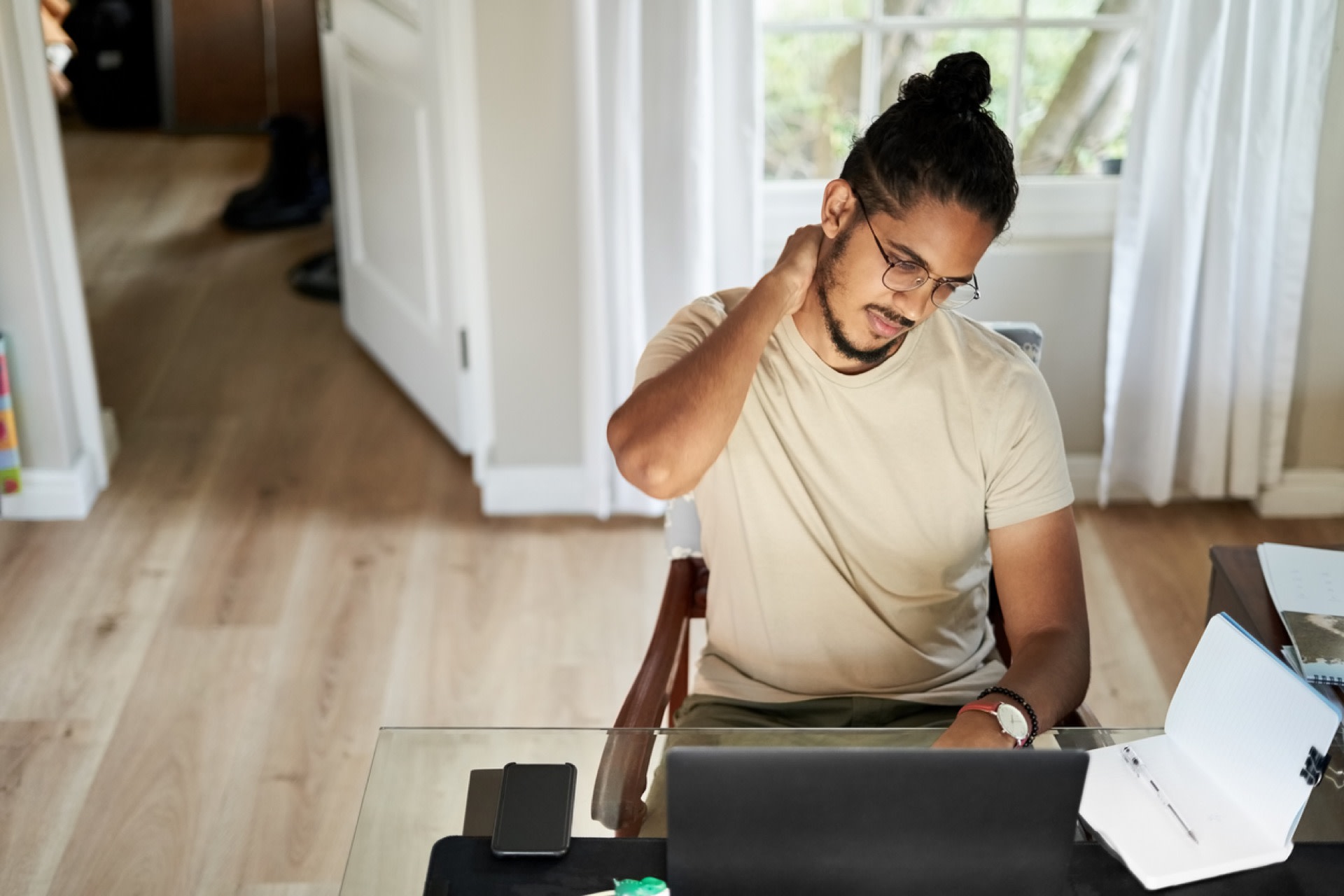Muscle knots in the neck: tips from physical therapists to feel better
Learn how to get rid of muscle knots in the neck with exercises and stretches from physical therapists.
0 $ pour vous
Dernière mise à jour : Mar 28, 2025
Table des matières
Fully covered neck pain relief
Find relief from neck pain, a pinched nerve, tech neck, & more.
Check if I'm eligibleStretches and exercises for knots in the neck
Want expert care? Check if you're covered for our free program ��→- Supine Chin Tucks
- Back Rotation Stretch
- Thread the Needle
